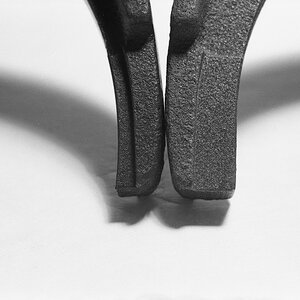nealjpage
multi format master in a film geek package
- Joined
- Sep 16, 2005
- Messages
- 3,479
- Reaction score
- 1
- Location
- Oregon
- Website
- www.myspace.com
- Can others edit my Photos
- Photos OK to edit
Back in school, we would use fixer once and then dump it. Now that I'm paying for my own stuff, I was wondering if it can be used over again a few times. I assume that I'll have to increase fixing time, though. Any advice on this one?


![[No title]](/data/xfmg/thumbnail/32/32164-d68fa2de02f9bef524bbd68aac2f12e4.jpg?1619735234)
![[No title]](/data/xfmg/thumbnail/35/35866-da1619f1c62d0897e43c22a31ae36ad2.jpg?1619737193)
![[No title]](/data/xfmg/thumbnail/42/42034-6262420ff3ea238f05395bbcc7ae1f28.jpg?1619739985)

![[No title]](/data/xfmg/thumbnail/32/32162-dd2cfb373402c59de9c6f13cee73b0fb.jpg?1619735234)

![[No title]](/data/xfmg/thumbnail/32/32163-b5a5e5cde131a9d14df7f164ab9cb8ab.jpg?1619735234)


![[No title]](/data/xfmg/thumbnail/32/32161-a5da499a329f1fae945778aac75d4442.jpg?1619735234)

